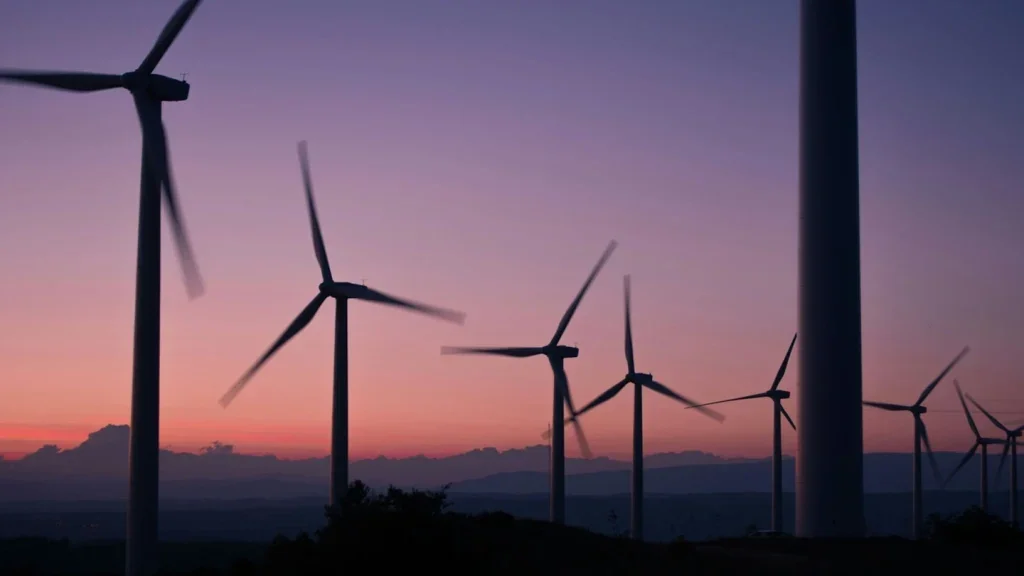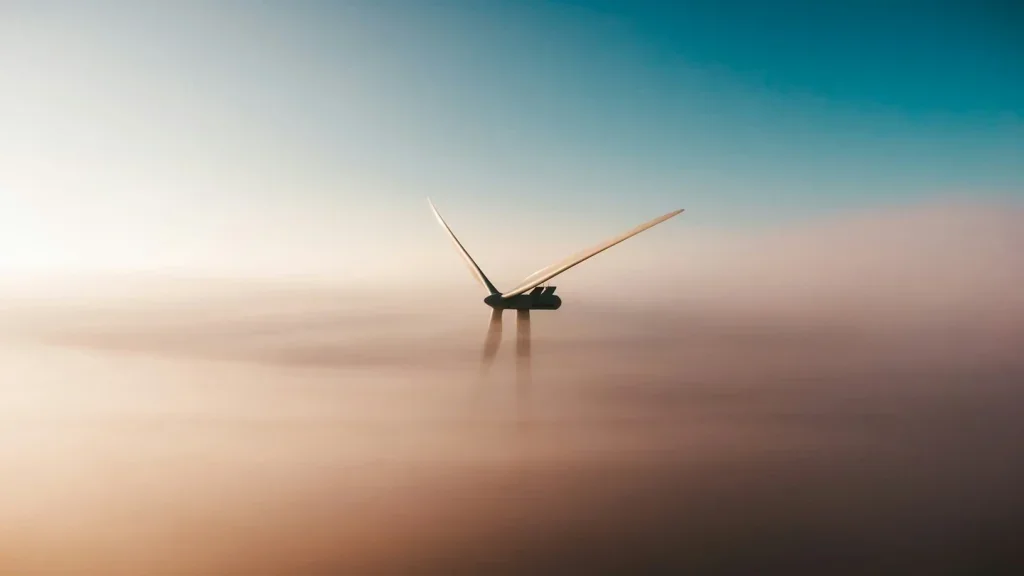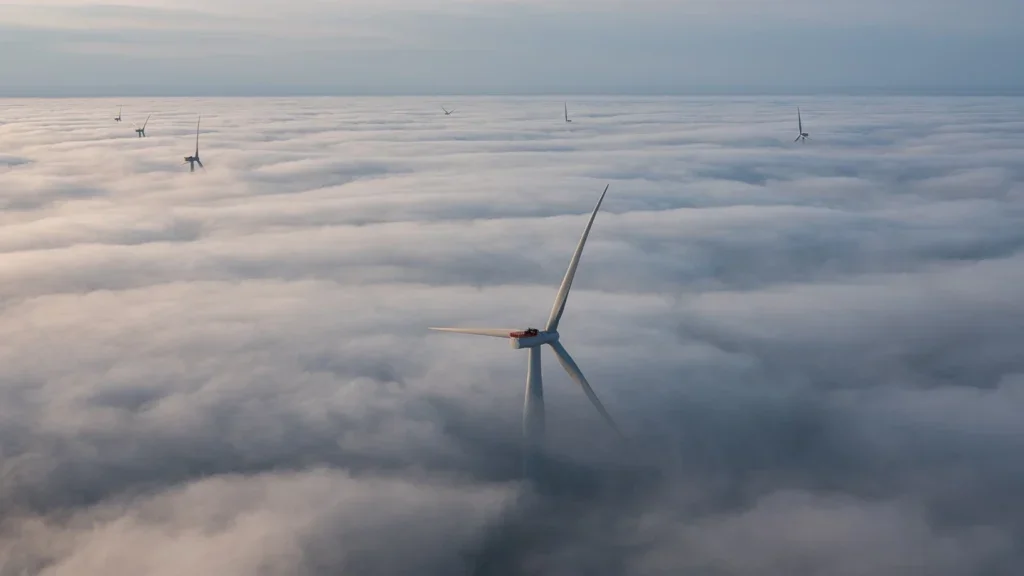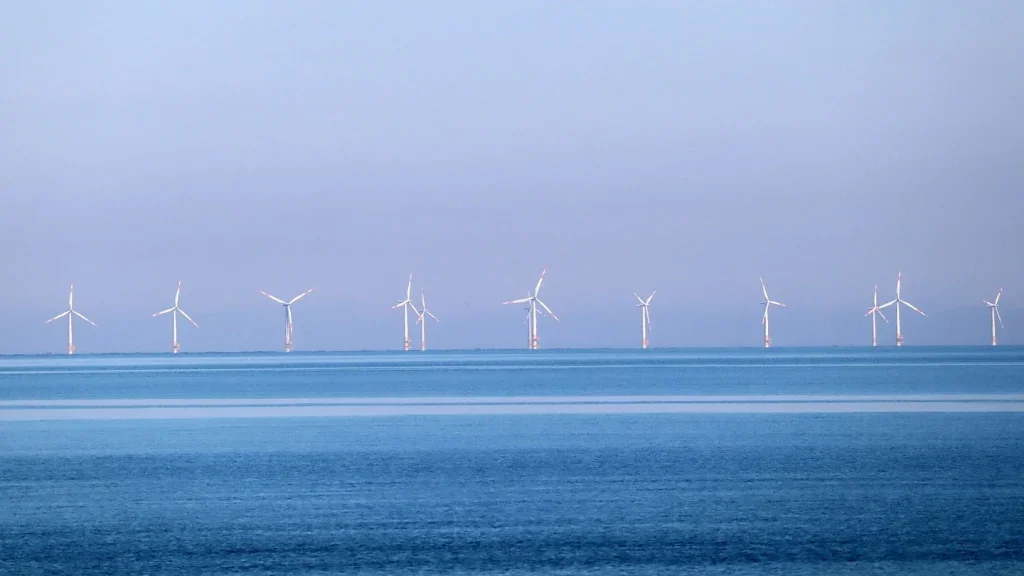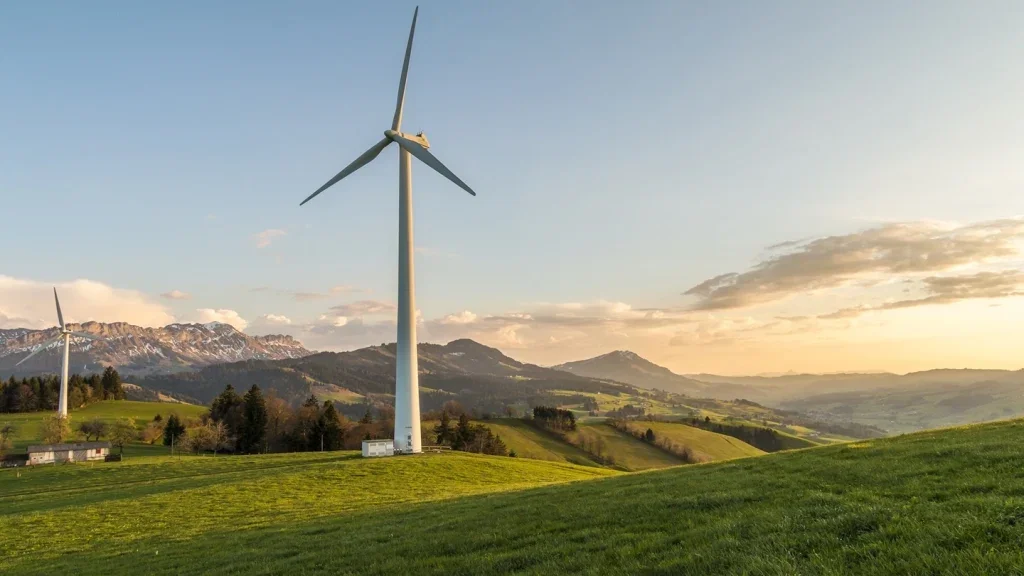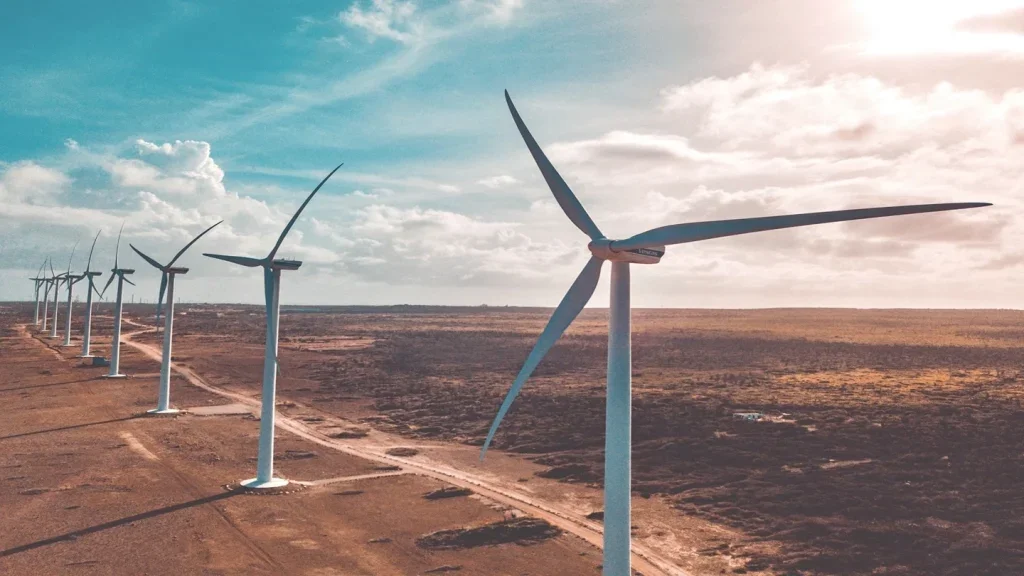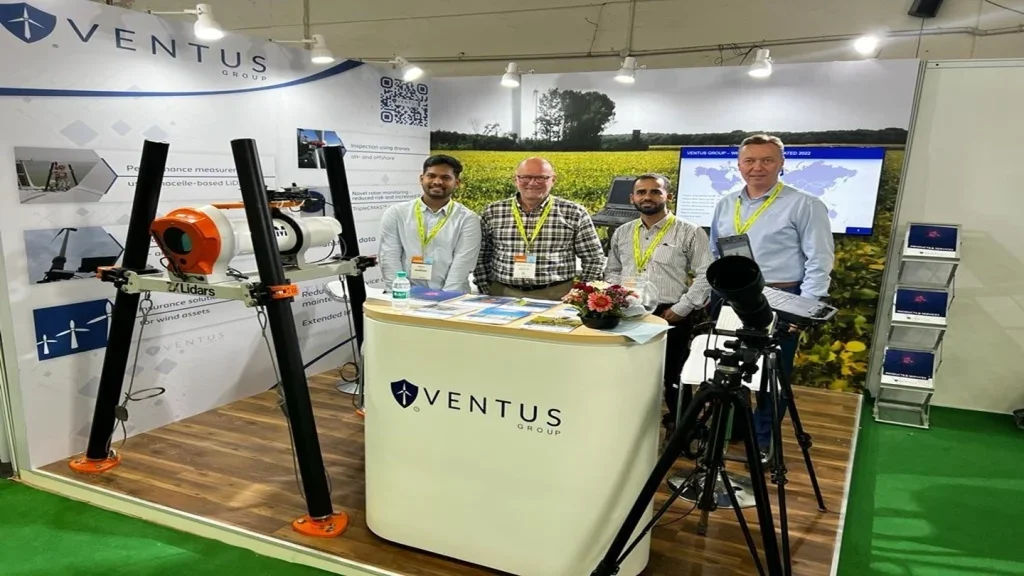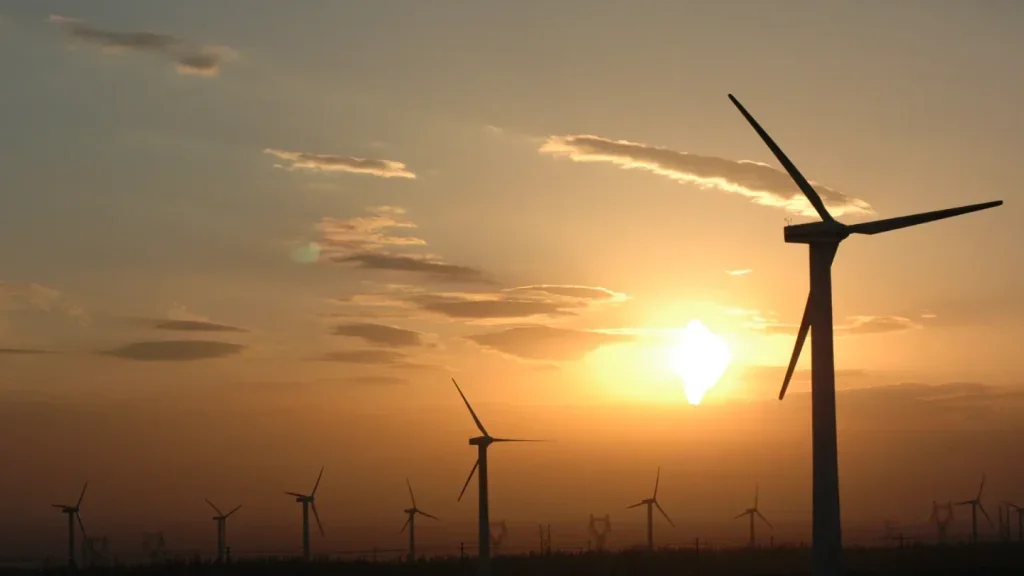All articles by Staff Writer
Powering progress
As the demand for wind power grows, so too does the demand on the turbines producing it. This has resulted in bigger turbines and increasingly sprawling farms, but cost has become a significant burden. One solution is to reduce the number of components and get more from less. Jonas Wahlström, head of product management, wind converters, at ABB, tells Andrew Tunnicliffe how medium-voltage converters could play a key role in addressing today’s challenges
Remote control maintenance
Electric remotely operated vehicles could be used to perform maintenance and repair tasks on offshore wind turbines without a single human being physically present, improving health and safety for workers by reducing the need for potentially hazardous missions conducted by crewed support vessels. Nicholas Kenny looks into developments in this area to learn more.
Out with the old
With thousands of offshore wind turbines nearing the end of their lifespan in Europe alone, a decommissioning storm is fast approaching. But with industry historically ignoring the challenge, what happens next isn’t entirely clear. Andrea Valentino speaks to Dr Antony Knights of the University of Plymouth and Dr Michaela Schratzberger at the Centre for Environment, Fisheries and Aquaculture Science to learn more.
Nordic green energy and grey areas
The Norwegian energy firm Equinor might be better known for its oil and gas holdings but, as of August, it now operates the world’s largest floating offshore wind farm, which will supply nearby oil and gas platforms with the power they need to cut their greenhouse gas emissions. However, with the downstream impact of oil and gas unchanged – and the profits they provide vitally important to the Norwegian coffers – moving away from fossil fuels is easier said than done. Andrea Valentino investigates, talking to experts across the sector to find out more.
A sea change
Offshore wind has proven its ability to deliver large amounts of green energy at a reasonable and affordable cost, playing a key role in decarbonisation worldwide, and has the potential to positively impact energy costs in both Europe and the UK, if growth targets are met. However, while high inflation and rising energy prices due to the Russian invasion have highlighted the need for green energy development, government policy and support frequently lag far behind. Nicholas Kenny speaks with Per-Erik Holsten, head of ABB Energy Industries Northern Europe, to learn more about the obstacles facing offshore wind and why it’s vital that policymakers address them swiftly and comprehensively.
A distinction without a difference
With only two new onshore wind turbines built in England in 2022, the country’s de facto onshore wind ban has taken a heavy toll on its green energy ambitions. In September, the ban was finally rescinded – although some argue that not that much has changed. Abi Millar speaks to James Robottom, head of onshore wind at RenewableUK, and Joshua Emden, senior research fellow at the Institute for Public Policy Research (IPPR), about why it has been long past time that England brought down barriers around onshore wind.
Power to the platform
As the world continues its path towards net zero, questions remain over the continued use of fossil fuels. Of course, until renewable energy sources are in place that can fully meet global power demands, hydrocarbons will inevitably still need to be used – therefore, finding ways to reduce the carbon footprint of fossil fuel production and consumption is a crucial part of the energy transition. Nicholas Kenny speaks with Simon Wynne, head of ABB Energy Industries UK and Ireland, and Diogo Costa, sales lead, offshore wind at ABB Energy Industries, about the role of offshore wind and hydrogen power in decarbonising oil and gas platforms in the North Sea.
See the wood for the trees
Wind turbines, while one of the greenest energy sources available, nevertheless still have an environmental impact. Replacing the steel used in tower construction with wood can generate significantly less carbon dioxide – and when the turbine reaches the end of its lifecycle, the modular segments of these wooden towers can be reused. Andrea Valentino speaks to Erik Dölerud, a senior development engineer at Modvion, and Professor John Hall of the State University of New York at Buffalo, to find out more.
The sky’s the limit
The Ventus Group has developed the first-ever modified helicopter drone capable of delivering and picking up payloads up to 230kg to the top of wind turbines or other construction sites, offering the potential to cut down on construction time and costs. With turbines growing ever larger, the potential benefits are clear to see. Nicholas Kenny speaks with Shavkat Mingaliev, CEO of Ventus Group, to learn more.
Power in the People’s Republic
Since the passing of a seminal 2005 law, Chinese wind power has been rushing ahead in leaps and bounds, prodded along by lavish government support. However, that’s not to say that the future of Chinese wind is by any means secure. Andrea Valentino hears from Shashi Barla, director and head of research at Brinckmann, and Ilaria Mazzocco, a fellow at the Center for Strategic and International Studies, about how far the country’s wind sector has come over the past two decades, how it’s been bolstered by subsidies and infrastructure, and how it could develop in an age of economic protectionism.


